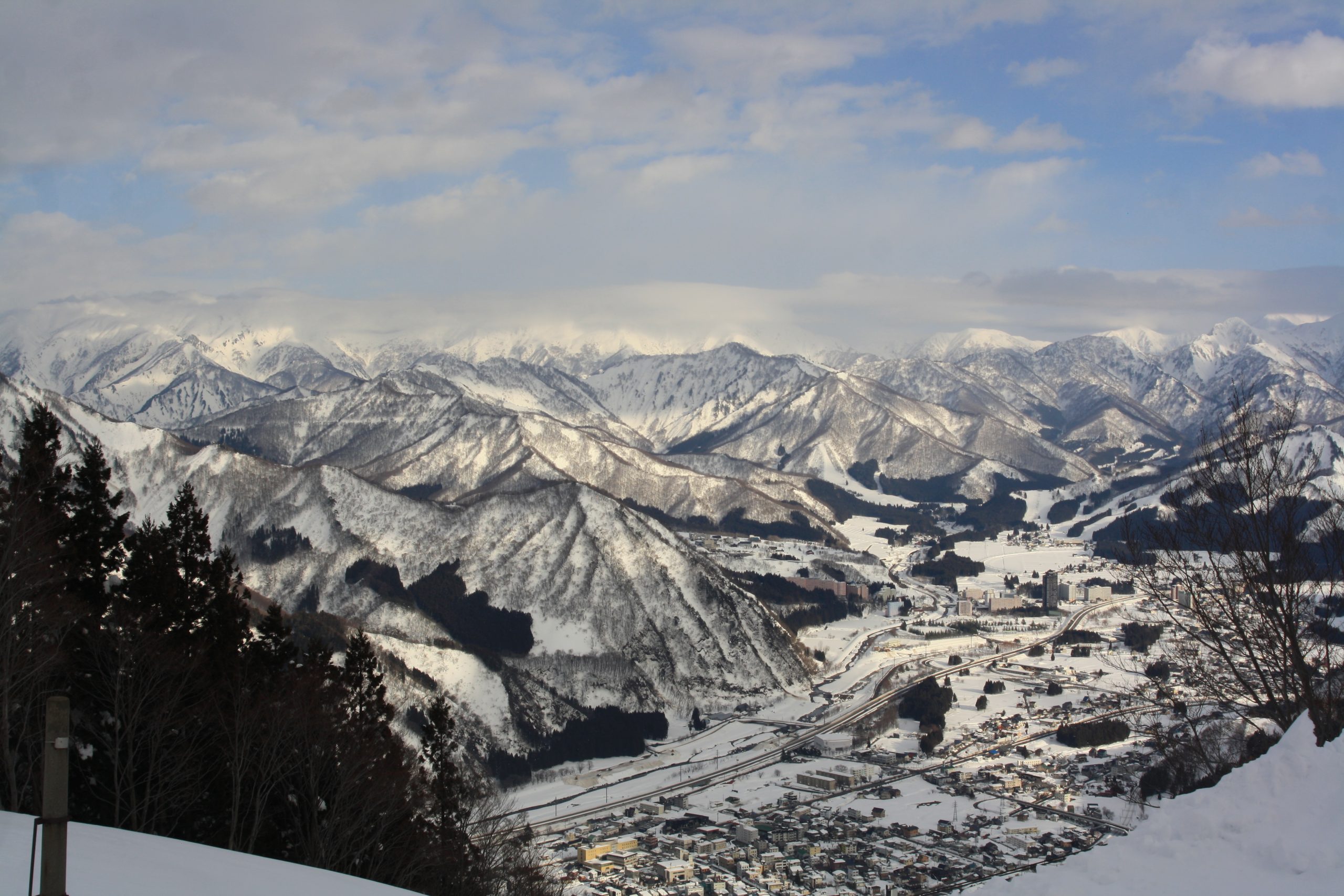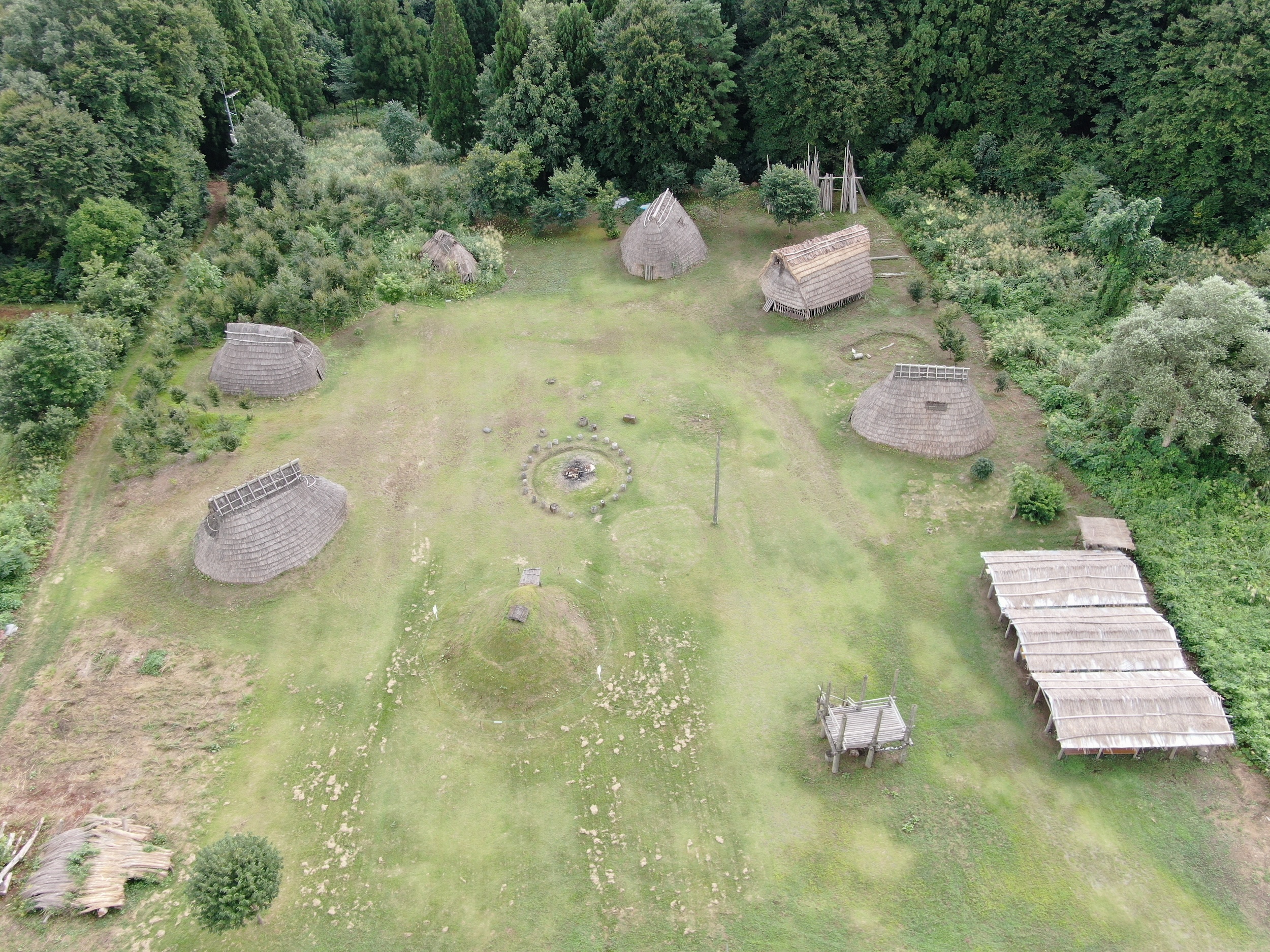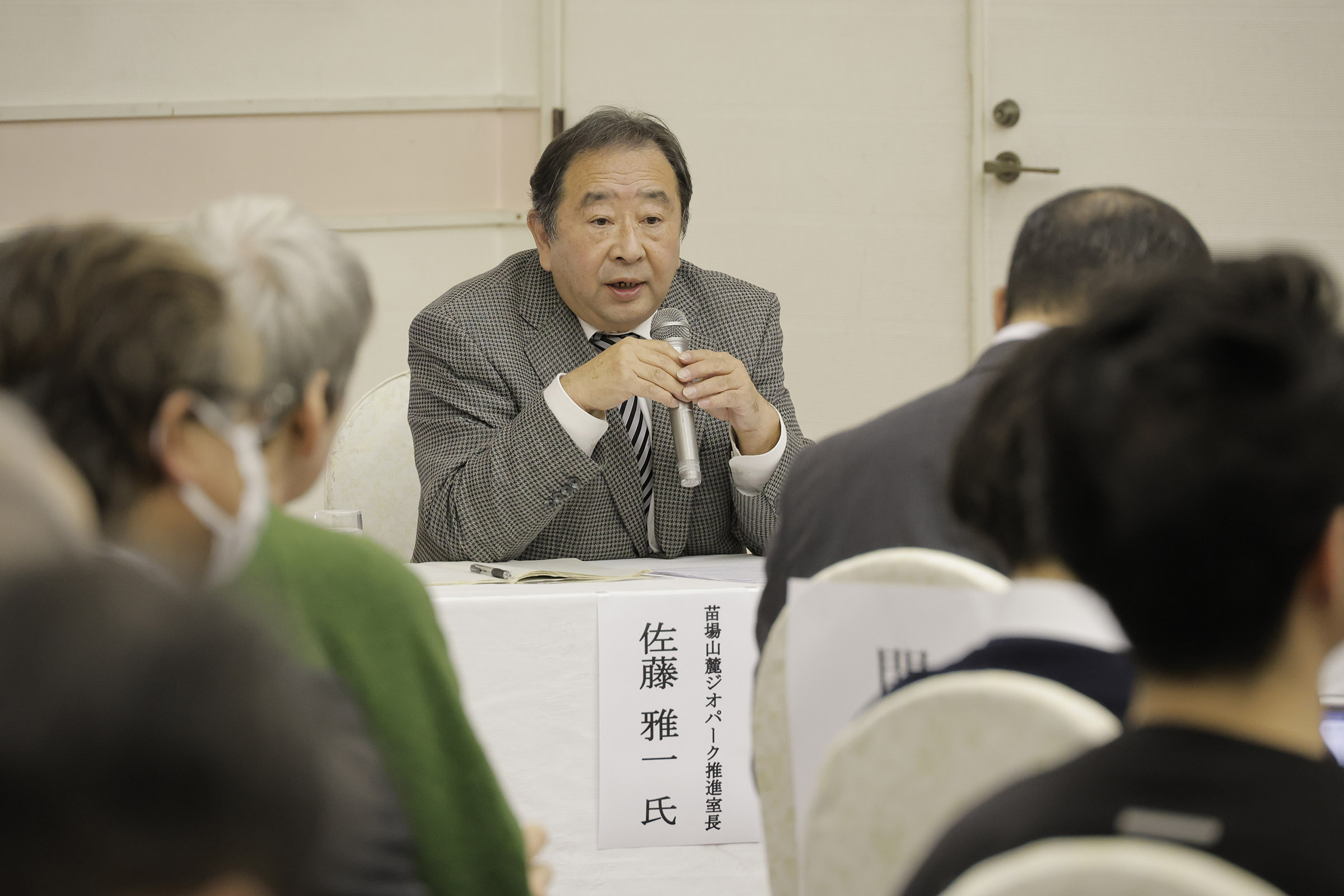Japanese food has attracted a lot of attention in recent years, with “Washoku” being registered as a UNESCO Intangible Cultural Heritage in 2013. It is a way of preparing food that makes the most of seasonal ingredients, as a healthy food and as a food culture. In this article we will introduce you to a part of Japanese food culture that is largely unknown even to the Japanese.
Zenmai has long been valued as a luxury food
Zenmai (royal fern), one of the wild vegetables harvested in spring, is harvested in the steep mountains and dried over several days. Because it is so labour intensive, zenmai has long been valued as a luxury food. Particularly in YUKIGUNI, Zenmai was also a valuable preserved food. Even today, the people of this region gather zenmai in the mountains in spring, dry it and prepare it for the next winter.
Because zenmai is such a precious food, there are people in YUKIGUNI who make a living out of it. We spoke to a couple who have been harvesting and drying Zenmai in the mountains for over 40 years.
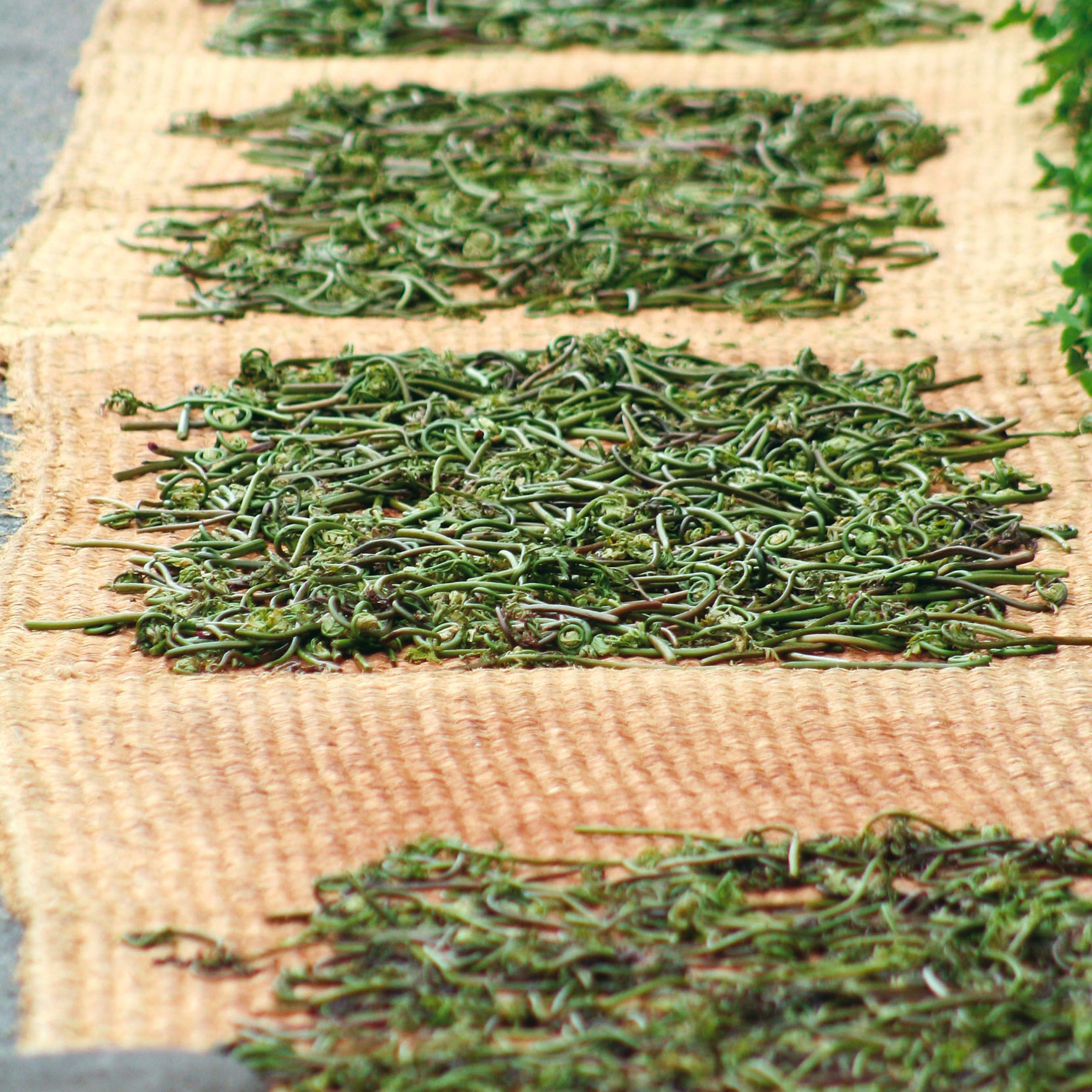
To collect and dry the Zenmai, they stay in the mountains for about two months.
Once the snow has just about melted in the village around May, it is time to leave and move to the mountain. The couple own a small hut which they call their “Zenmai hut” which becomes their base for the collecting season. It is about 1.5 hours by car to the hut in the Okutadami area, and once there they will stay for around 60 days.
Their team consists of 3 people: the husband Takeji-san , his wife Shizue-san, and another member of the family to watch over the little dwelling. Takejii-san returns to the village once a week to get more food supplies, but the other two stay in the mountains the whole time. When he goes back to town he sees the summer vegetables growing bigger, and really feels like he has arrived in a completely different world.
Four million yen in two months!
In 2 months of gathering zenmai in the Okutadami region the Hoshi family where able to accumulate 375 kgs. The whole lot was purchased by a specialist merchant. Translated into today’s money the price was around 4 million yen. Of the 60 days that they were up in the mountains they probably worked only about 35, which meant they were pulling in over 100,000 yen a day.
Zenmai that are dried in the open air are known as “akaboshi” (dried red), while those dried indoors are known as “midoriboshi” (dried green), and it is the red variety that command the higher prices. The thickness of the stalks, and how well they have been handled during preparation can also affect the price.
The hard labor that is zenmai picking
Early morning starts are the norm when you are after zenmai. You wake at 3am, prepare your lunch box, and eat breakfast. Then at about 4.30 you leave the hut. As you determinedly push on looking for zenmai you have to take care to watch your footing on the steep sloped banks of the creeks. At midday it is time for a lunch break. With that finished it is back to the hut, but by now you are probably having to move around weighted down with about 22kgs of zenmai. It is a much harder trip back. By the time you arrive at the hut it is around 4pm. You boil the zenmai that you have picked that day, and then it is dinner around 5pm. A bath with a glass of homemade sake gives a chance to relax a little, and then off to an early bed at around 6pm. It is a long, hard day.
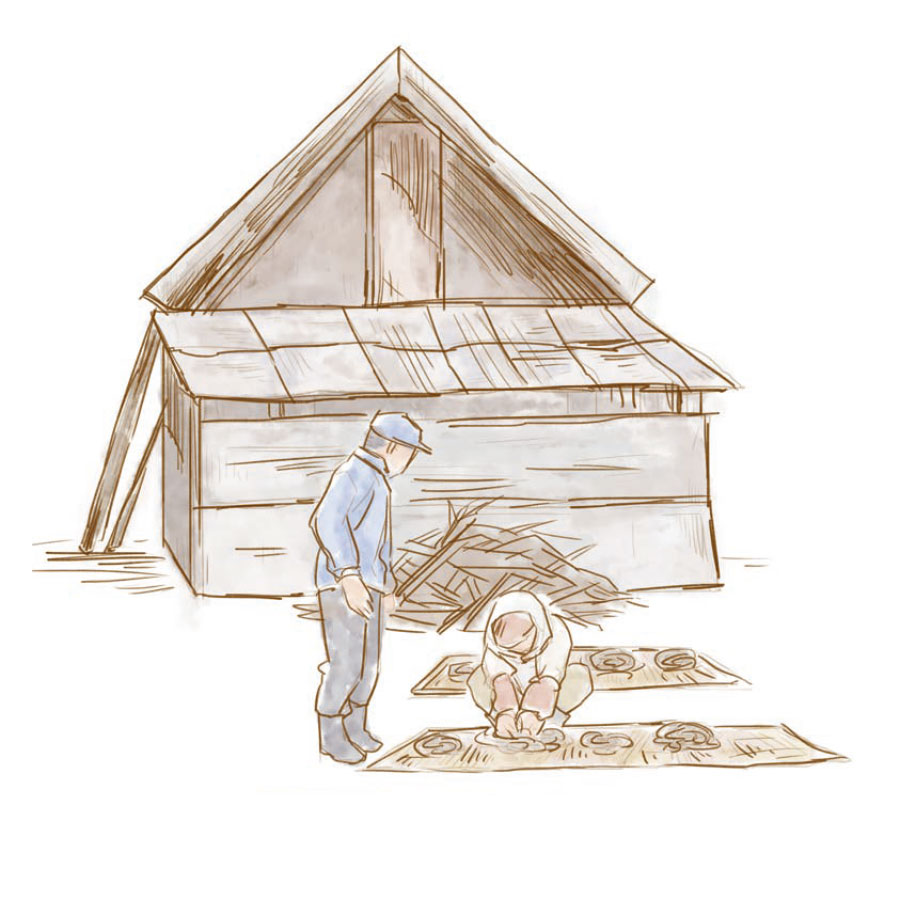
Kanakanjiki
These are metal snowshoes. The are a must in order to move around safely on the steep mountains slopes. When the blades wear down it is time for a replacement.
Buto
When you wear this jacket the outer parts become like bags, and even when you are moving around it is easy to put more zenmai in. It is a kind of wearable rucksack especially for zenmai!
Zenmai-goya
This is a small hut in which you can stay for the whole of the zenmai harvesting season.
As well as all the equipment needed to prepare the picked zenmai, they also have a bath made from a steel drum.
Zenmai
Once picked the zenmai need to undergo some preparations. They are dried and then rubbed repeatedly. Once they have been well dried they are much lighter to transport.
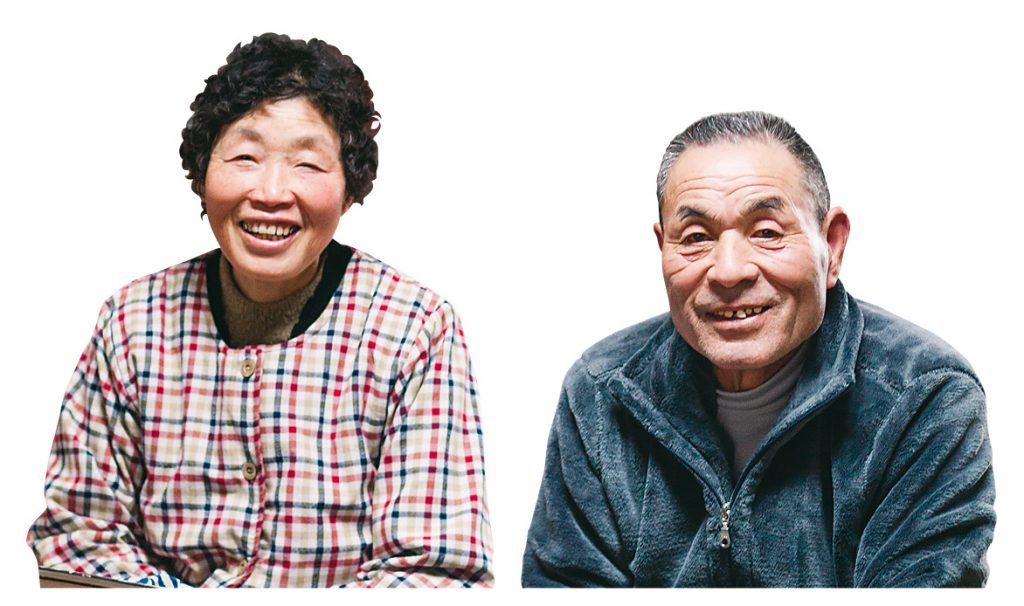
They don’t pick as much as they used to but they still spend spring in their mountain zenmai hut.
If you’re looking for an intellectually stimulating trip to an undiscovered part of Japan, we think you’ll love this topic.
A Hidden Cultural Experience In Japan
Things To Do
Gastronomy tours in Japan’s YUKIGUNI
Take a gastronomy tour to experience the blessings of the area with all five senses.
YUKIGUNI prepares for winter from spring to autumn because of its snowy and long winters. As a result of this, a rich knowledge of preservation, including fermented food, has been accumulated. YUKIGUNI Gastronomy Tours are an opportunity to immerse yourself in the unique food culture that emerges from this. YUKIGUNI is also famous for its sake, thanks to the abundance of pure water from the melting snow.

